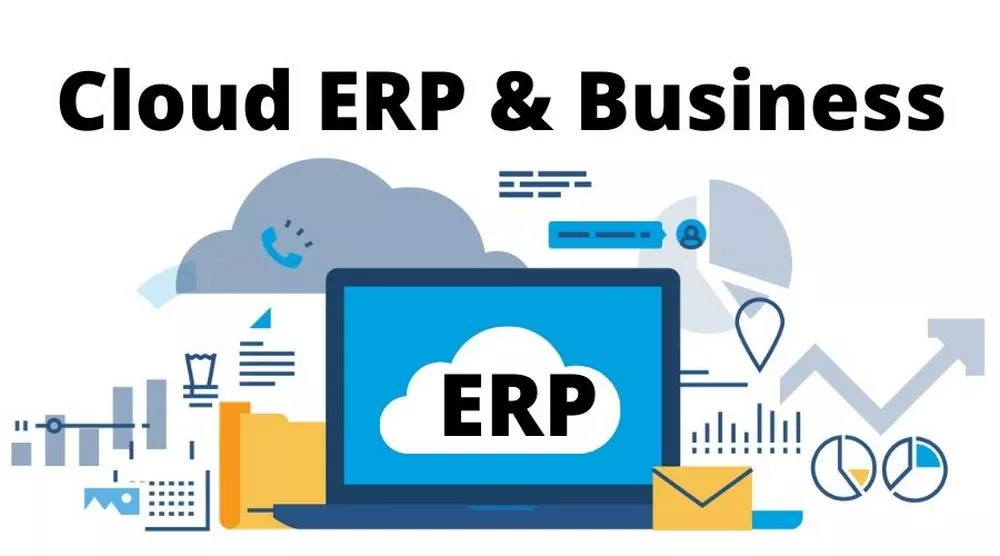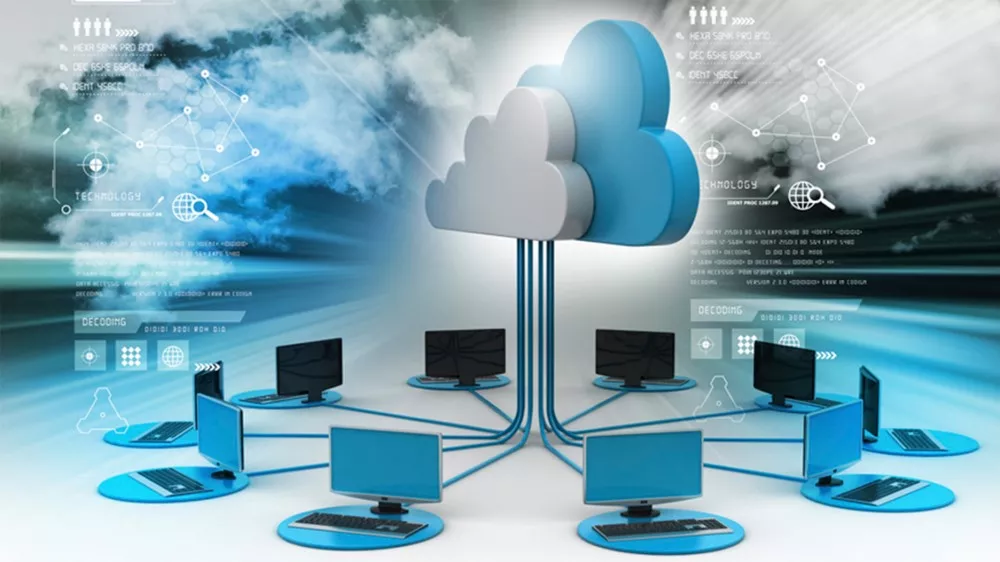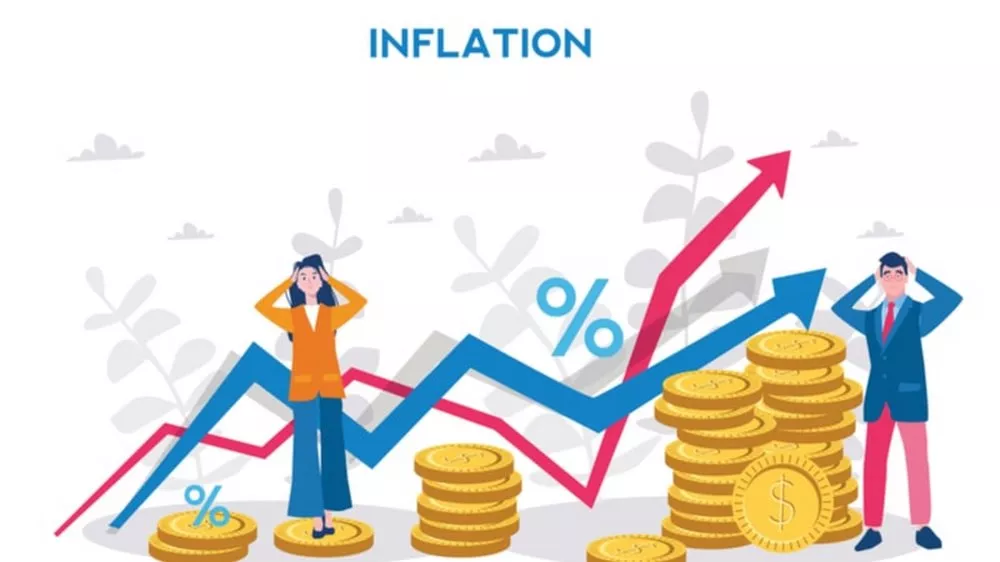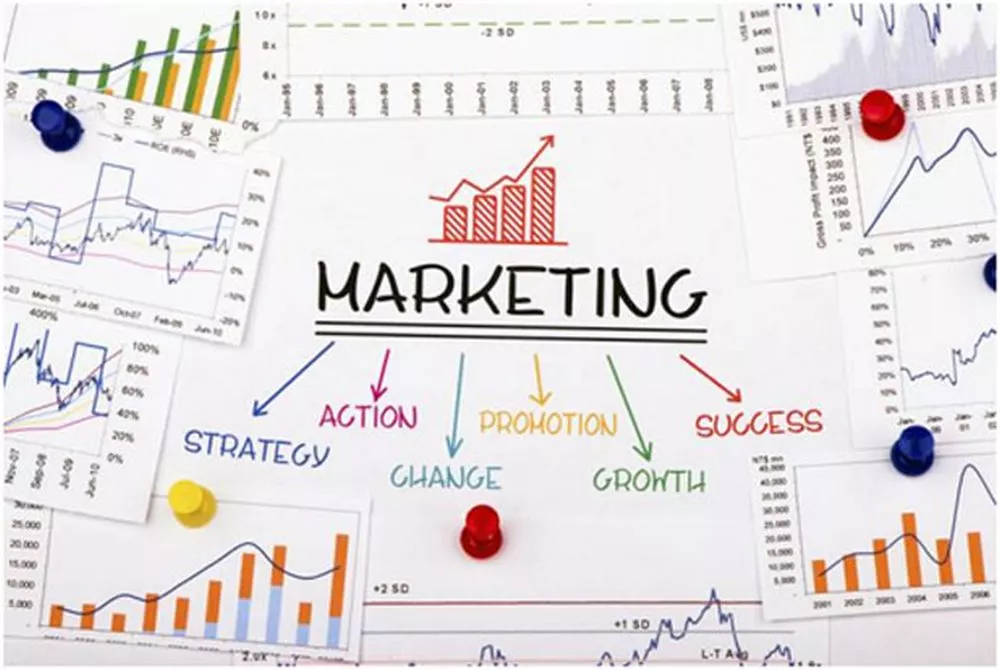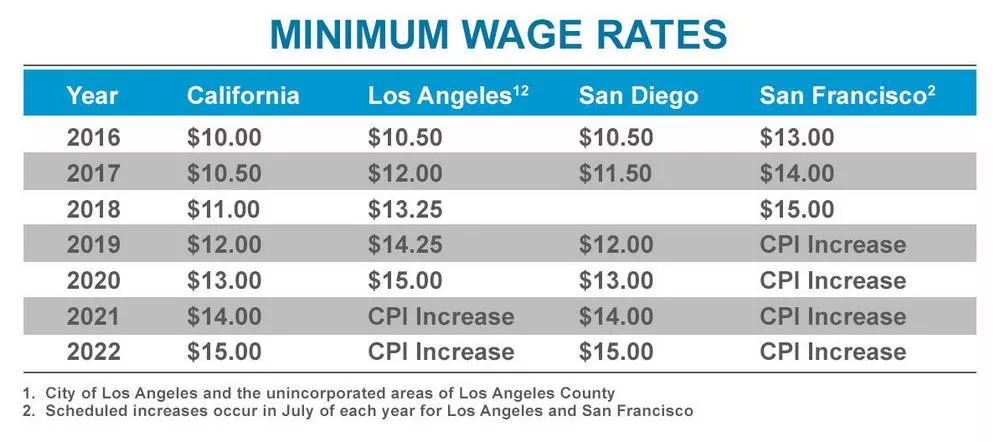The Software as a Service (SaaS) model has been around for a while now, and it’s become increasingly popular for small businesses for a number of reasons. If you’re not familiar with the term, SaaS refers to software that is delivered over the internet, rather than being installed on your local computer or server. This means that you can access it from anywhere, and it’s always up-to-date, without you having to do anything.
There are many different types of software that can be delivered in this way, from customer relationship management (CRM) and accounting software, to project management tools and office suites. In this article, we’re going to focus on the benefits of using SaaS for small businesses.
Reduced Costs
The upfront cost of purchasing software can be a barrier for small businesses, as can the ongoing costs of maintaining it and keeping it up-to-date. With SaaS, you only ever pay for what you use, and there are no upfront costs. You can also scale up or down your usage as your business grows or shrinks, so you’re never paying for more than you need.
Increased Flexibility
SaaS applications are delivered over the internet, so they can be accessed from anywhere. This means that your staff can work from home, on the road, or from any other location with an internet connection. This increased flexibility can lead to increased productivity and happier staff.
Easier to Use
Many SaaS applications are designed to be very user-friendly, so they’re easy to use from the outset. This means that you don’t need to invest in expensive training courses for your staff, and they can get up and running quickly.
Always Up-to-Date
With traditional software, you have to install updates yourself, which can be time-consuming and frustrating. With SaaS, the provider takes care of all the updates for you, so you always have the latest version.
Increased Collaboration
Many SaaS applications include features that make it easy for teams to collaborate. For example, Google Docs allows multiple users to work on the same document at the same time, and see each other’s changes in real-time. This can lead to increased efficiency and better decision-making.
Improved Security
SaaS providers take security very seriously, as they know that their reputation depends on it. They will often have robust security measures in place, such as firewalls and data encryption, to protect your data.
Access to Expertise
When you use a SaaS application, you’re also benefitting from the expertise of the provider. They will have a team of developers who are constantly working on improving the software, and they will also have customer support staff who can help you with any problems you have.
Increased Efficiency
By using SaaS applications, you can automate many of the tasks that are currently carried out manually. For example, you can use an email marketing tool to automatically send out newsletters, or a CRM system to track your sales pipeline. This can lead to increased efficiency and freed up time for your staff.
Better Decision-Making
Many SaaS applications include features that make it easy to collect and analyse data. This data can be used to make better decisions about your business, such as which products to stock or which marketing campaigns are most effective.
Peace of Mind
When you use SaaS applications, you can be sure that your data is backed up and secure. This gives you peace of mind, knowing that your business is protected in the event of a disaster.
If you’re not already using SaaS applications in your business, we hope that this article has convinced you of the many benefits they can offer.

